Did you really expect a repeat of last season’s perfect weather? Me neither. This is Britain, so prepare to get wet.
A miserable June for sure. Since Latchmore I’ve only managed to get out a few times; a couple of disappointing days at Bramshill and a trip further afield, of which more later.
Now the problem with Bramshill can be attributed to the weather, but that’s not the whole story. The combination of unsatisfactory meteorological conditions and, frankly, a lack of management have both contributed to low levels of key species.
A perfect species to highlight the downfall is the Black-tailed Skimmer. I’m used to seeing hundreds lining the paths and shores. Tenerals rising across your path and adults skipping ahead of your footfall.
The problem with Bramshill is the encroachment of scrub. Gorse, Willow, Bramble and ‘introduced’ skin-tearing spiky saplings forbidding access to the shores. The north-western ponds are now totally inaccessible.
A few years ago they bulldozed the clearing, flattening it completely, which had it’s own effect. Hammer & tongs is never a good solution. Since then it has been allowed to grow unheeded.

Emperor (Female) Emperor (Female)
Now they have managed other large sections of the reserve by once again flattening the over-encroaching gorse and stripping away the shoreline of bordering trees. With the latter they’ve used the branches to create hedge-type fences totally restricting previous access points to the shore.
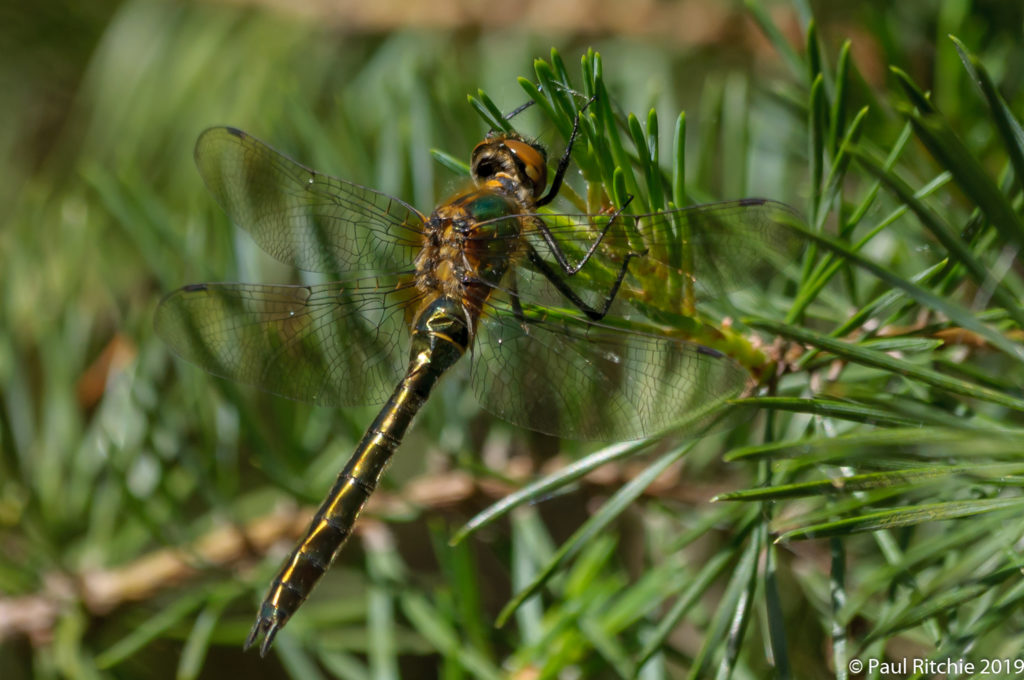
Recent signs warning of ground-nesting birds give an idea of their priorities, a single genre practice which I’ve always rallied against. We need diversity to benefit all species. Dragonflies are unfortunately low on the totem pole of importance.
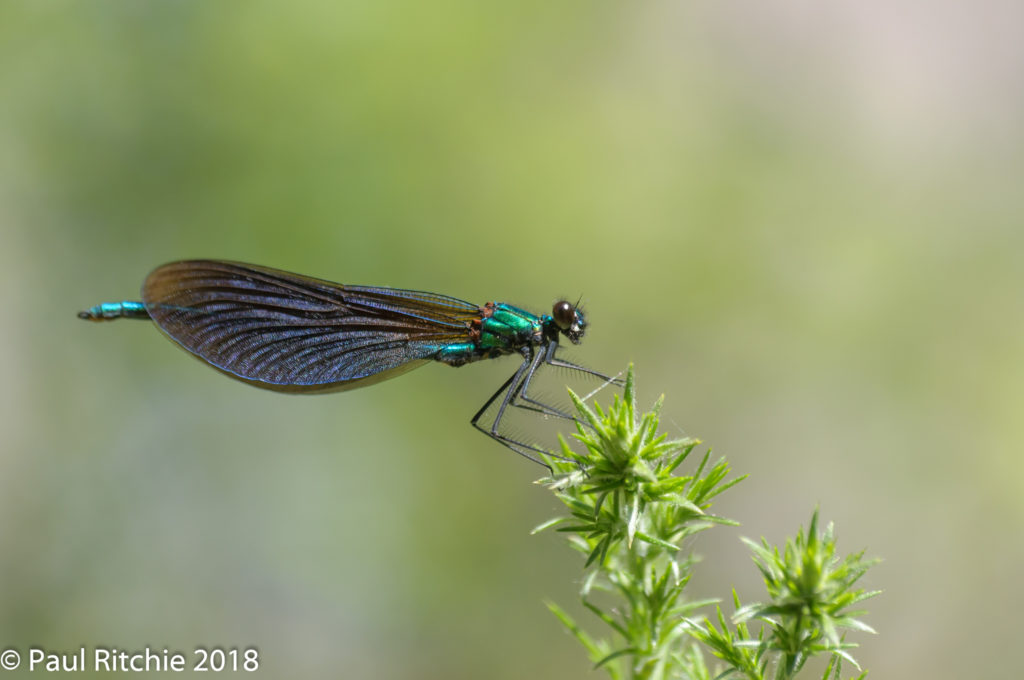
The fencing off of shorelines is no doubt due to the problem they have with bathing dogs. Fair enough, although designated areas like the bench at Long Pond where dogs can swim free hasn’t had a detrimental effect to the overall health of the pond; it still remains the most prolific of ponds on the reserve.
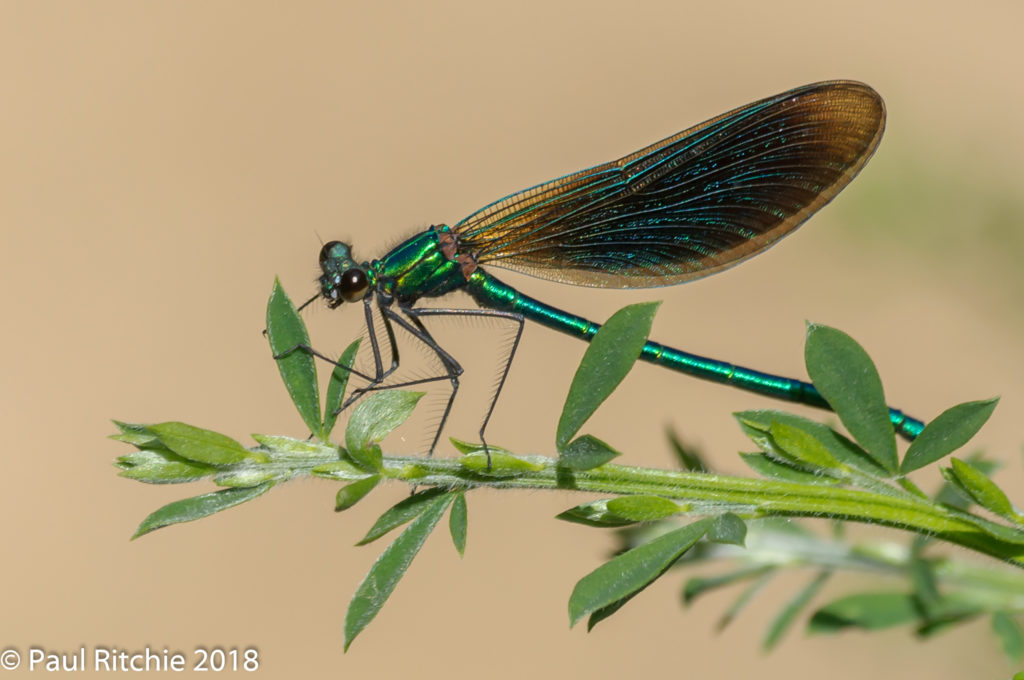
It’s a shame as Bramshill has up until now been a fabulous site for dragonflies. To be fair it still is, but as the years go by the disappointments outweigh the satisfactions.
Bramshill isn’t the only site suffering lack of , or misguided management. After nearly a fortnight of low pressure bringing winds and rain we decided enough was enough and we took a trip to East Kent in search of some sunshine and their local population of Green-eyed (Norfolk) Hawker.
Now it’s been four years since we’ve made this trip and were looking forward to seeing these magnificent beasts again.
On arrival our first observation was the neglect of the path beside the railway leading to the the lakes. The walk in is long enough without having to battle through bramble & nettle.
Once through this jungle we were greeted by yet more habitat vandalism. The ditch where you were guaranteed patrolling GEH was barren of emerging reeds, and the shore opposite had been stripped of bank-side vegetation.
Needless to say we didn’t see much. Just the one patrolling male and one to the overgrown ditch to the right.
We decided to head towards the Stour and make our way to the clearing where we hoped we’d find the same activity as before. Thankfully we did so. There were at least a dozen males patrolling out on the water, frequently dropping low to perch of the reeds.

This was more like it. Green-eyed, Scarce and even Hairy making the most of this wonderful warm bay. Although in-flights were out of the question due to distance it wasn’t long before we had our first male fly in to the bank and perch perfectly.
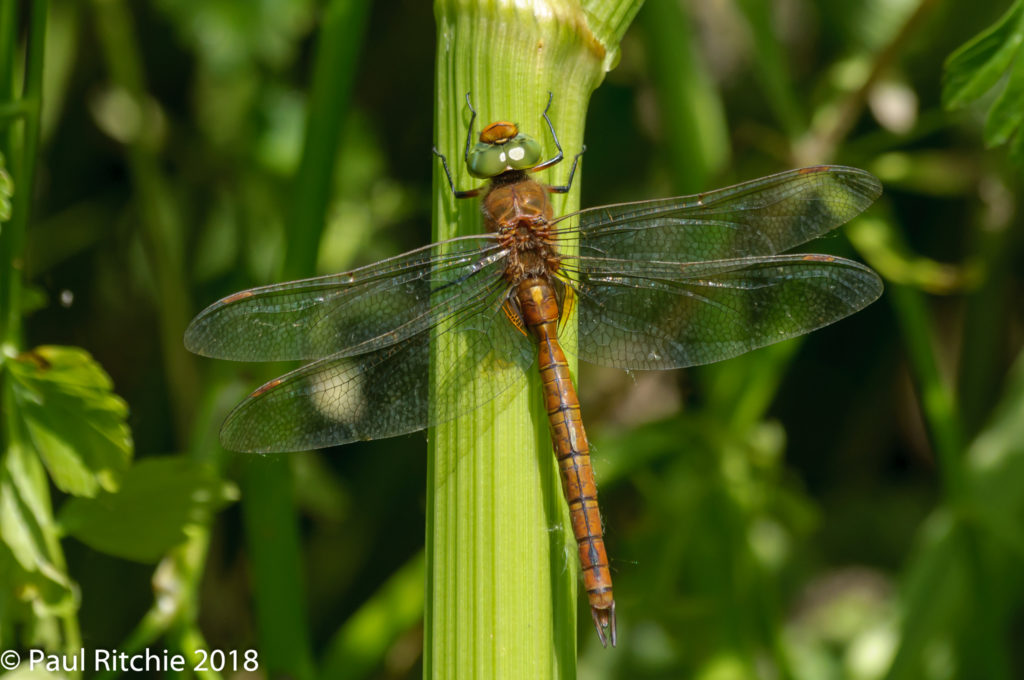
This fellow stayed around long enough to grab a macro shot

We stayed put and watched the show over water, wishing we or our subjects could approach a little nearer. We had one more male fly in and perch low.
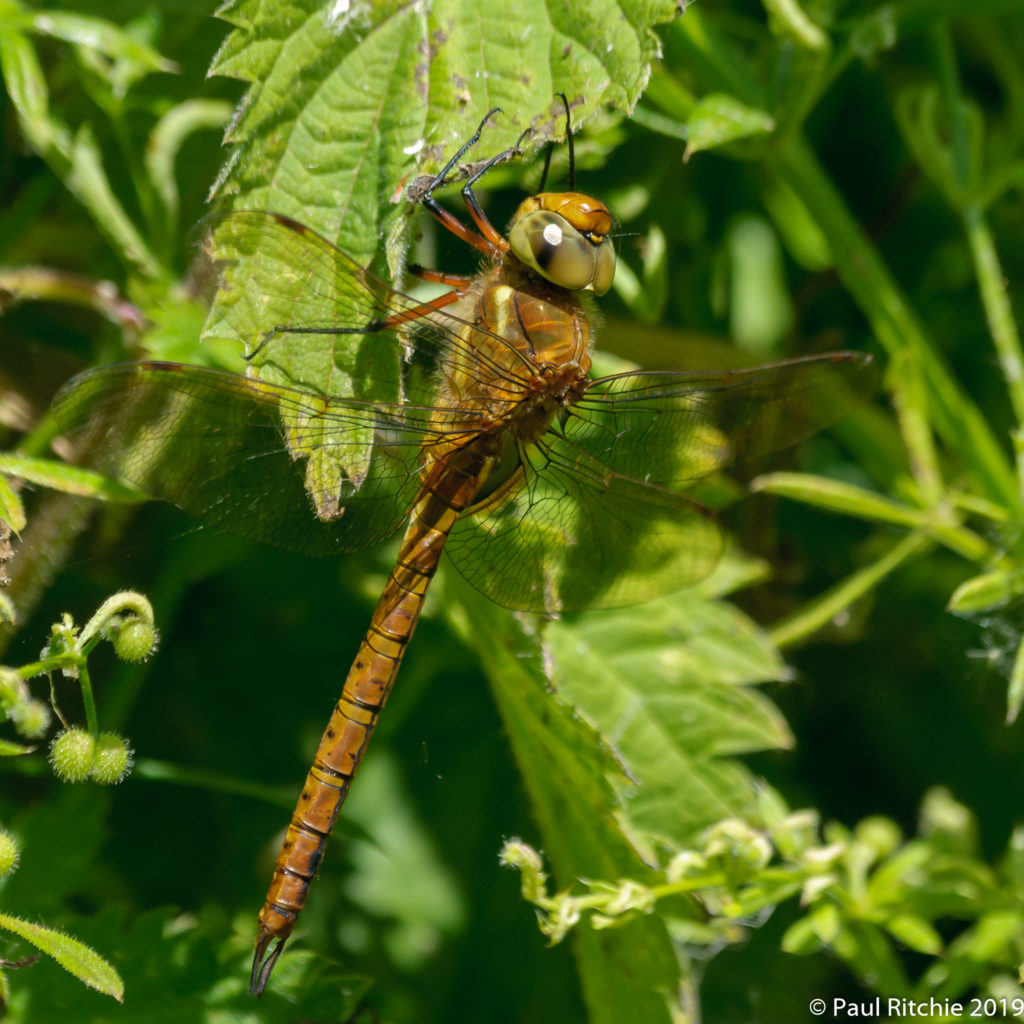
Several Kingfishers flew frantically by while day trippers and locals passed by in kayaks or small rowing boats. Now there’s a plan for next year!
